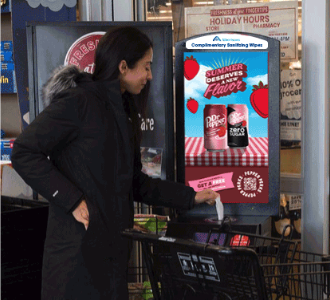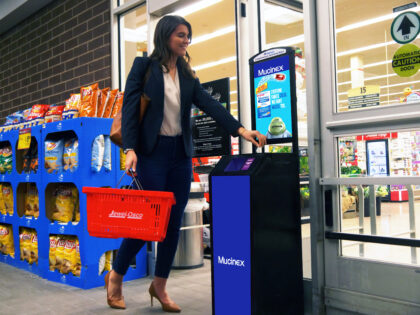There are key differences between DOOH VS OOH you need to know.
In this article, we’ll cover the basics, explore the evolution of outdoor advertising, highlight key differences, and examine the advantages and disadvantages of both mediums.
Key Differences Between DOOH VS OOH
DOOH stands for Digital-Out-Of-Home advertising.
OOH stands for Out-Of-Home advertising.
Simply put one uses LCD screens and digital touch displays, while the other leverages physical billboards, kiosks and posters.
Flexibility and Customization
One of the key differences between DOOH advertising and OOH lies in their flexibility and customization options. DOOH allows you to customize and update your ads in real-time. This means that you can focus on specific locations, times of day, or even based on the weather.
OOH advertisements are static and can’t be easily updated. You need to send a crew out to change the posters, billboards, bus signs etc.
Audience Engagement
DOOH lets customers interact more with your ads compared to OOH. Digital screens can use interactive elements like touch screens or QR codes which can boost engagement.
When customers interact with your ads, you’re able to collect more data and insights about them.
OOH can be effective in reaching a large audience but lacks that interactive component.
Cost and ROI
This depends on the ad medium and location.
For example, if you’re advertising on a digital display in Times Square, that will cost you 10x as much as advertising in a supermarket.
Generally speaking DOOH can be cheaper due to programmatic out of home buying.
Programmatic buying optimizes your ad campaigns for different locations, placements and times of the day using a bid system.
You can put in a max bid and effectively save money because the software is finding you the best placements at the best price.
Advantages And Disadvantages
Pros of DOOH
- Dynamic and customizable content
- Real-time updates and targeted messaging
- Easier to measure campaign effectiveness and gather data
- Enhanced audience engagement
Cons of DOOH
- Higher upfront costs
- Technical challenges and maintenance requirements
- Privacy concerns related to data collection
Pros of OOH
- Wide reach and brand awareness
- Cost-effective for mass advertising
- Longevity and visibility
Cons of OOH
- Limited customization and update options
- Lack of audience engagement
- Difficulty in measuring ROI
Which One Should You Choose?
You can get a great return on ad spend with both DOOH and OOH.
If you want more customization and better conversion tracking DOOH is probably the best way to go.
However, if you just want a mass amount of impressions at a decent rate, OOH works wonders.



